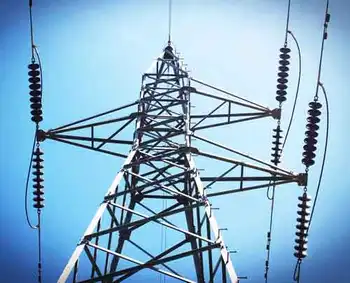Wind farm faces protest over bird kills
LOS ANGELES — - LOS ANGELES — The freezers at the U.S. Fish and Wildlife Department in the Sacramento Valley are overflowing with the decapitated and mangled bodies of golden eagles, kestrels and red-tailed hawks, victims of the whirling blades of wind turbines.
It's estimated that as many as 44,000 predatory birds have been killed over the past two decades in the Altamont Pass, east of San Francisco.
Although the rows of spinning blades turn wind into electricity and make Alameda County less dependent on fossil fuel, they are also the end of the line for many birds whose annual migration route includes the pass. Concentrating on their prey on the ground, the birds fly into the blur of the windmill blades.
The bird deaths have led some environmental groups that support wind power to oppose permits for the Altamont site, arguing that the industry is not doing enough to stop the deaths.
In Alameda County, several environmental groups are trying to persuade the county to stop reissuing permits for the turbines without requiring additional environmental studies.
The county zoning board approved permanent permits for 1,400 windmills in November, but Californians for Renewable Energy and the Center for Biological Diversity say the county approved the permits illegally.
"The level of bird kills is just astronomical. You couldn't have picked a worse place to put a wind farm. It's just been an accepted cost of doing business out there," said Jeff Miller of the Center for Biological Diversity.
Steve Stengel, a spokesman for Florida Power & Light Co., which owns about half of the 7,000 wind turbines at Altamont, said the industry has been trying to find ways to reduce bird kills.
Past attempts included painting the tips of turbine blades to make them more visible, installing screens around generators and adding devices to discourage perching on the towers.
But these failed to substantially reduce deaths. Among measures now being discussed is letting grass below the turbines grow taller and removing rock to provide cover for prey and discourage birds from flying in the area.
Related News

Ontario, Quebec to swap energy in new deal to help with electricity demands
TORONTO - Ontario and Quebec have agreed to swap energy to help each other out when electricity demands peak.
The provinces' electricity operators, the Independent Electricity System Operator and Hydro-Quebec, will trade up to 600 megawatts of energy each year, said Ontario Energy Minister Todd Smith.
“The deal just makes a lot of sense from both sides,” Smith said in an interview.
“The beauty as well is that Quebec and Ontario are amongst the cleanest grids around.”
The majority of Ontario's power comes from nuclear energy while the majority of Quebec's energy comes from hydroelectric power.
The deal works because Ontario and Quebec's energy peaks…




